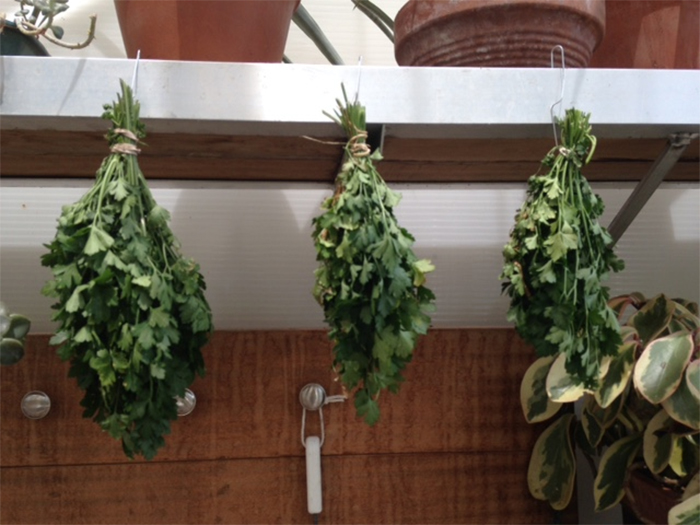

A welcomed problem for gardeners is harvesting too much food from their garden. If your garden is producing faster than you are consuming, drying your crops will help you enjoy those garden fresh fruits and veggies all year long.
Food drying is one of the oldest methods used to keep food for later use. It can be a substitute for freezing or canning. Drying is simple, safe, easy to learn, and can be done a variety of ways.
How exactly does drying preserve your food? It removes all of the moisture from the food to keep bacteria, yeast, and mold from growing and spoiling your crops. When you remove the moisture from food it becomes smaller and lighter. Once you are ready to use the dried food and rehydrate it, it will return to its original shape.
One of the more popular and traditional methods is sun drying. One places the food outside to dry and dehydrate in the sun. For best results follow these tips to preserve your fruits and vegetables.
- Dry during a sunny, hot, breezy day. A minimum temperature of 86°F is needs for sun drying
- Below 60% humidity works best
- Place on trays made of screen or wooden dowels (make sure they are safe for contact with food).
- Place the trays on blocks to allow for better air flow.
- Cover the fruit with cheese cloth to protect from birds or insects.
- Either bring in food or cover at night. The cool air can add moisture, slowing the drying process.
- After drying, store food in mason jars or vacuum pack them.
This method also works with a variety of other foods including herbs. When drying herbs, cut them fresh and band them together with a rubber band and hang in an airy location to dry.
To rehydrate foods simple soak the preserved food in water. The soaking times and the water to food ratio vary. Be sure to check out charts, like this one to know how long to soak the food. Use room temperature for fruits and boiling water to rehydrate vegetables.

